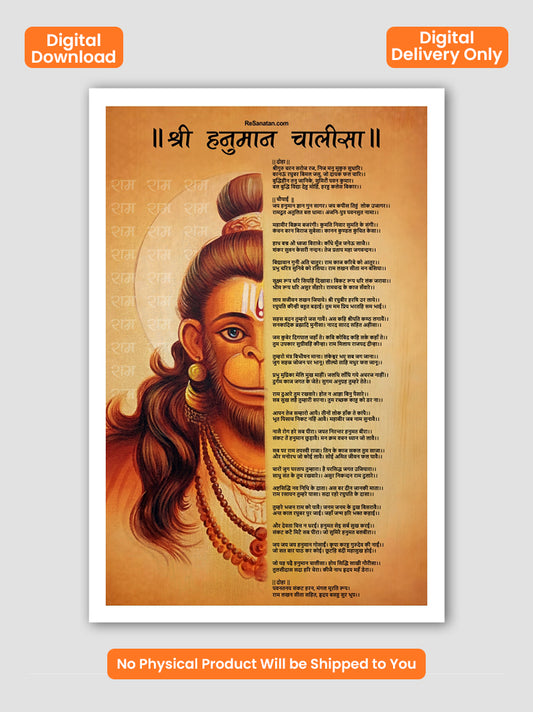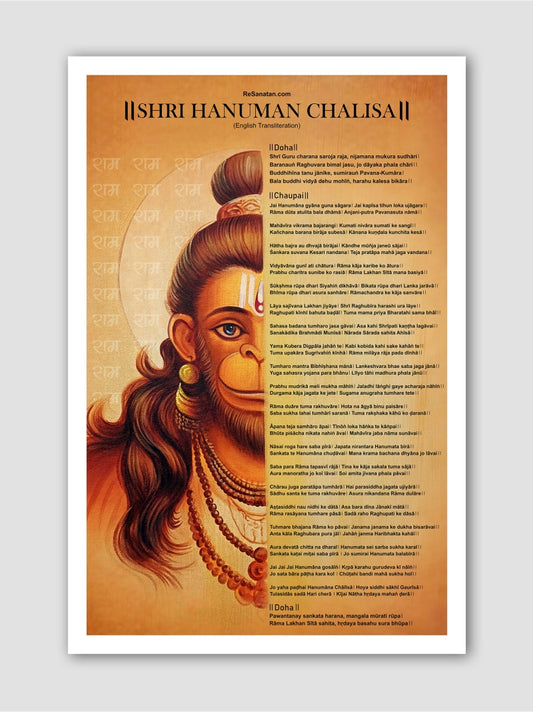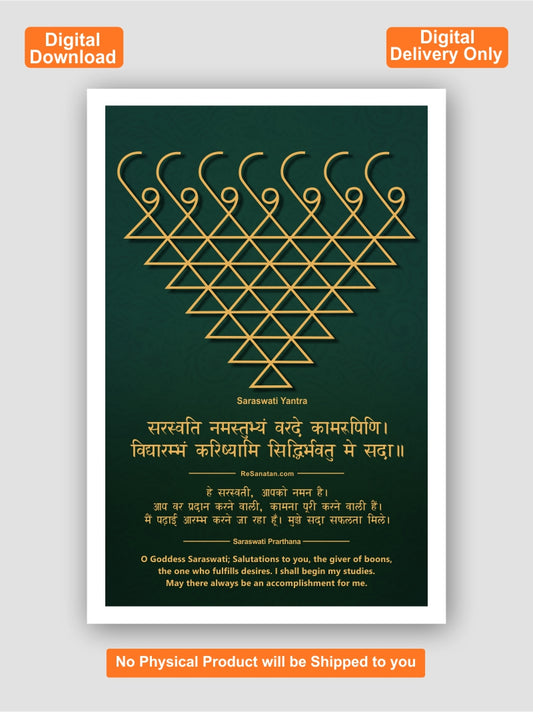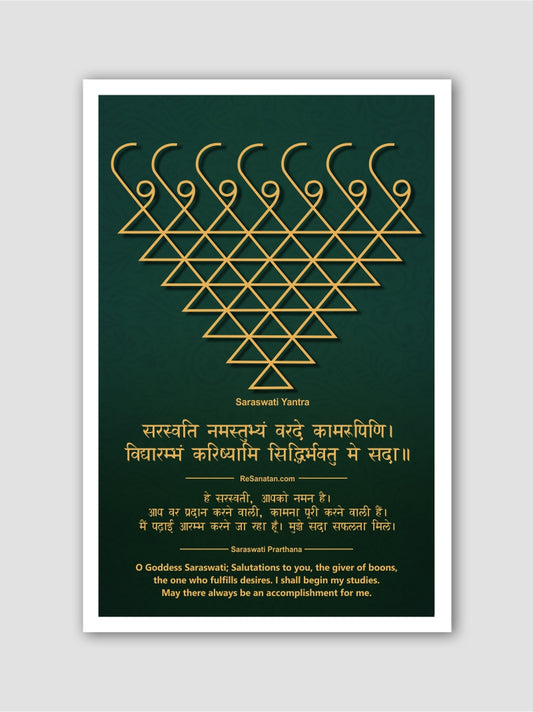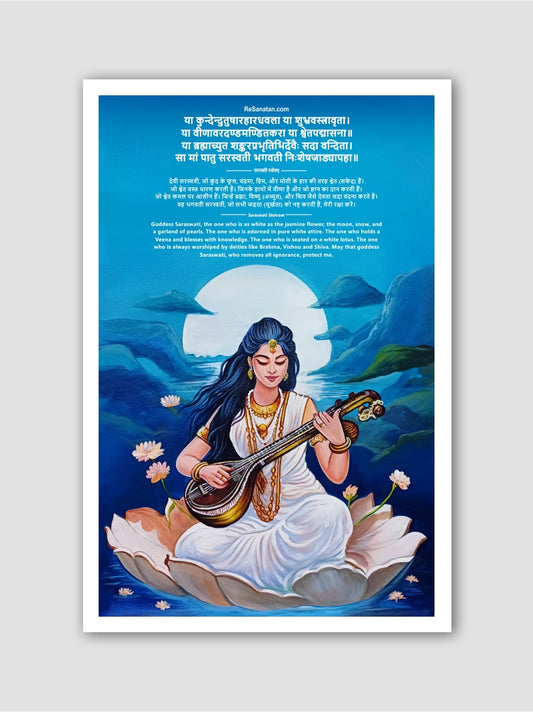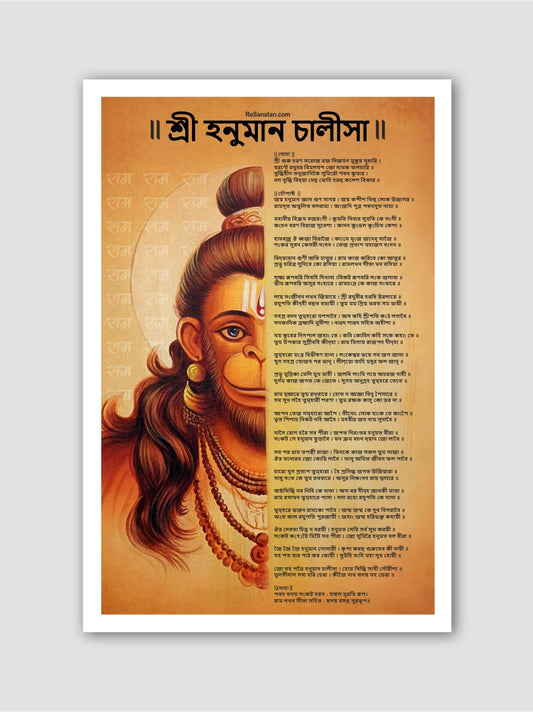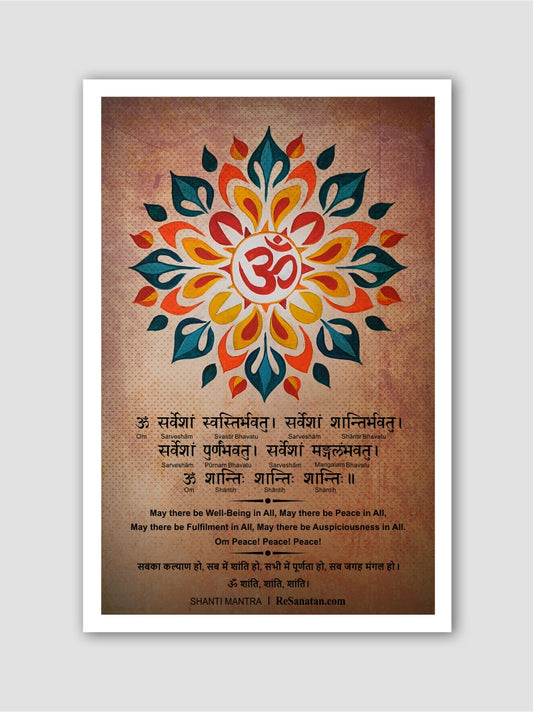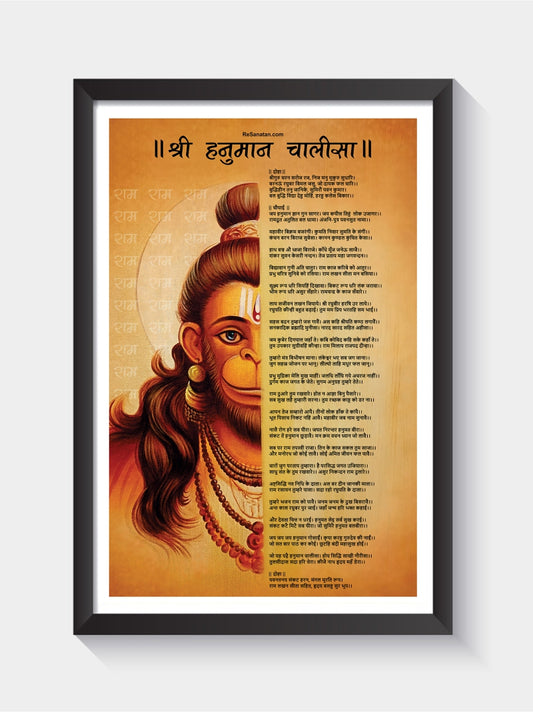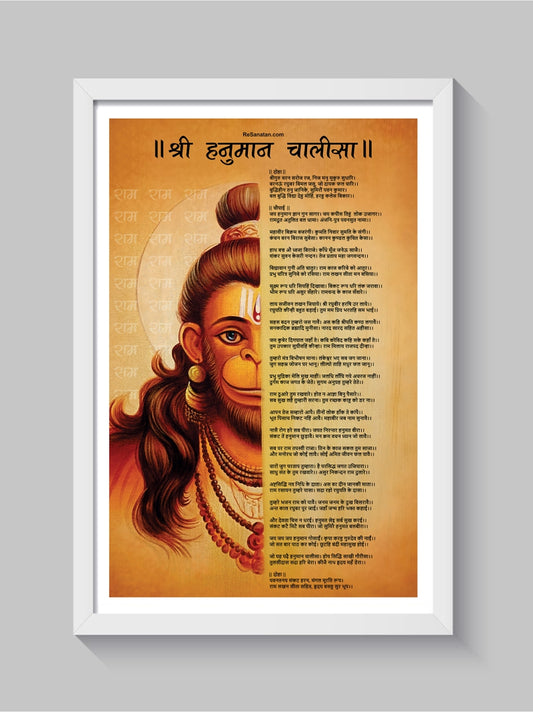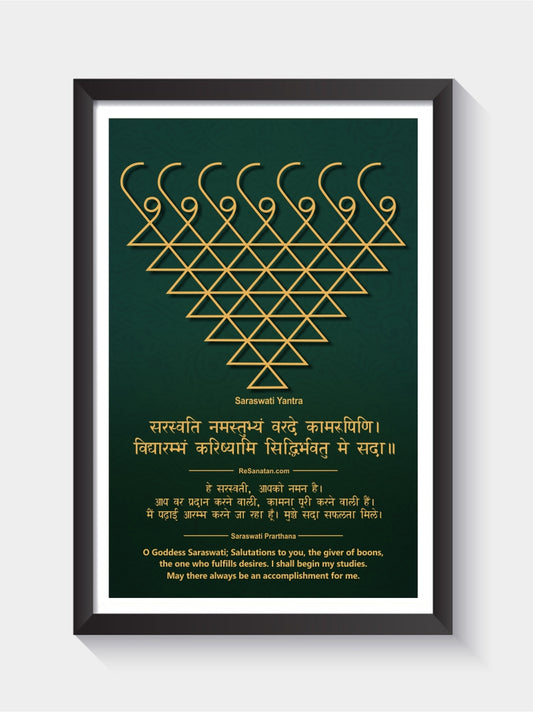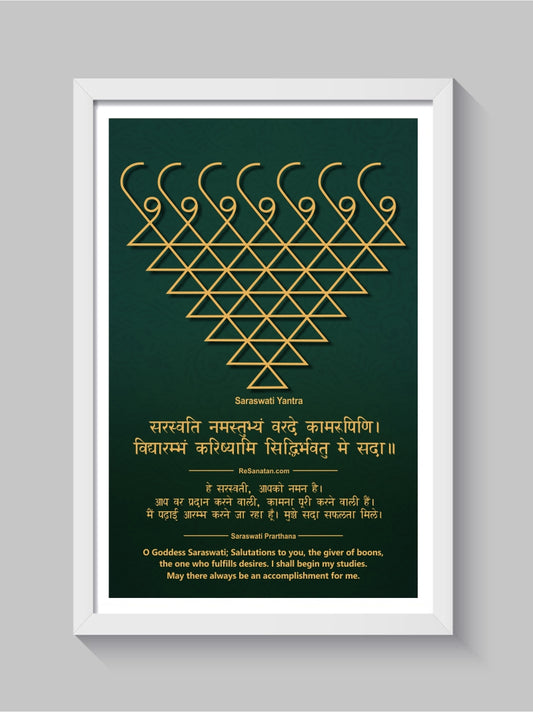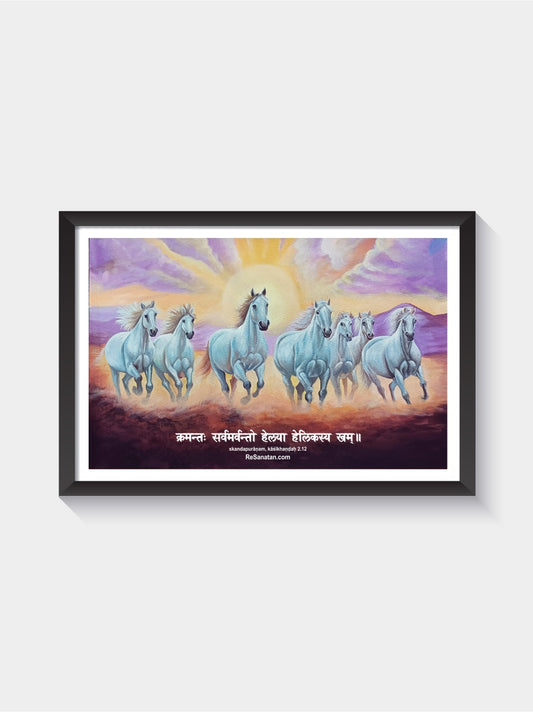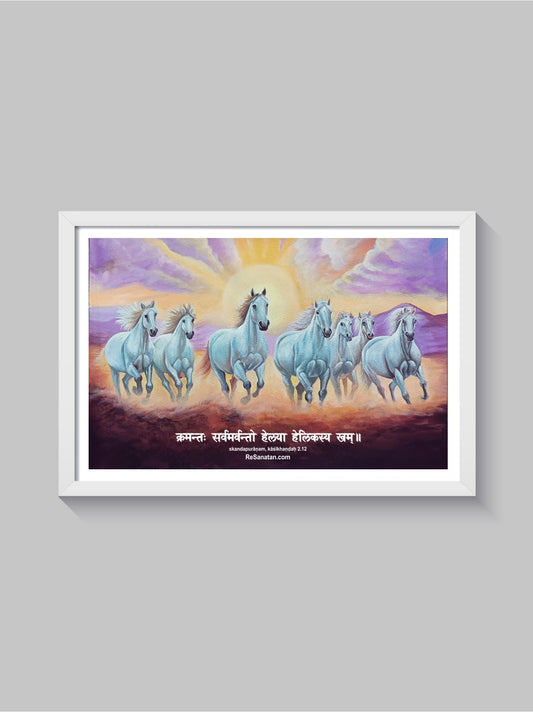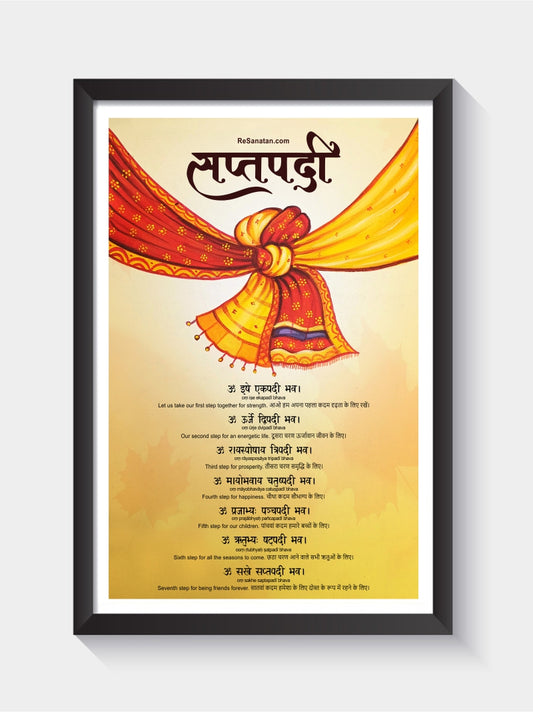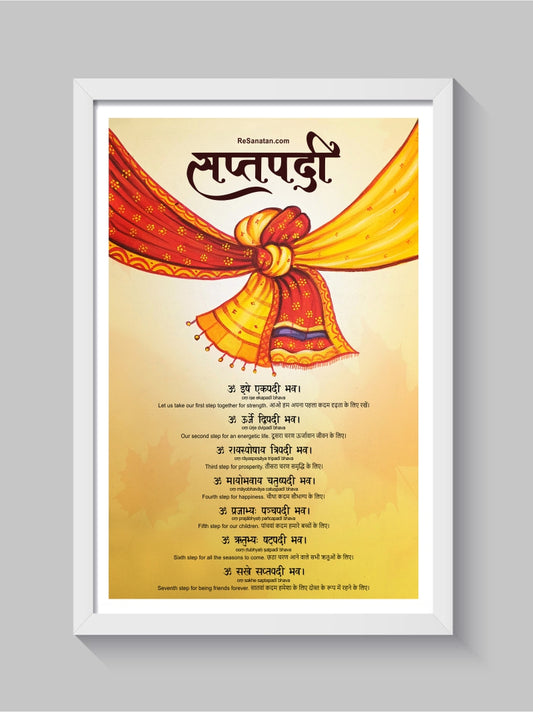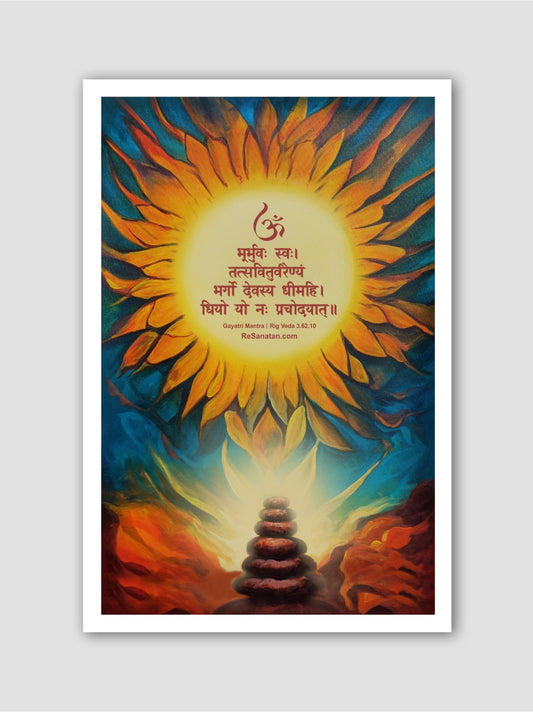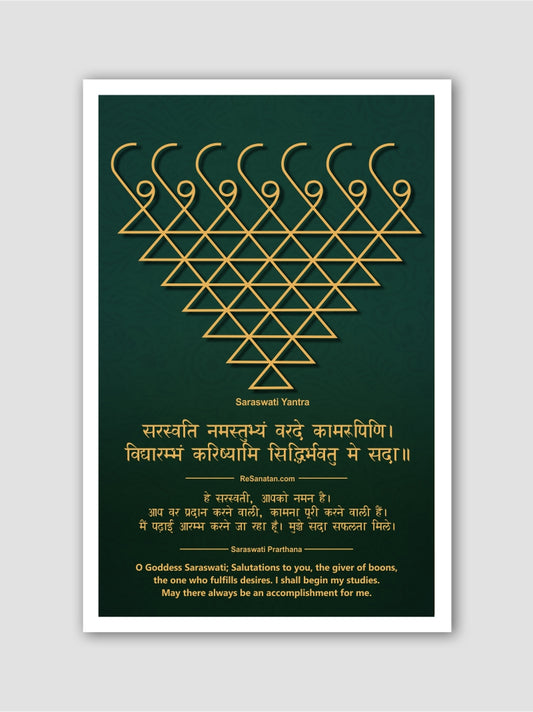
Ganesh Chaturthi : Important Dates, Significance, Rituals, Do's and Don'ts
Share
Ganesh Chaturthi, also known as Vinayaka Chaturthi, is an auspicious Hindu festival celebrated with great fervor and devotion. This article explores the important dates, significance, rituals, and essential do's and don'ts associated with Ganesh Chaturthi.
What is the date of Ganpati 2025? (Important Dates)
Ganesh Chaturthi falls on the fourth day of the Hindu month Bhadrapada (August or September) and typically lasts for ten days.
| Ganesh Chaturthi 2025 Date in Indian Calendar | 27th August 2025 |
| Ganesh Chaturthi 2025 Day | Wednesday |
| Ganesh Chaturthi Visarjan Date in Indian Calendar | 6th September 2025 |
| Ganesh Chaturthi Visarjan Day | Saturday |
In 2025, Ganesh Chaturthi will be celebrated on Wednesday, August 27, marking the auspicious birth of Lord Ganesha, the remover of obstacles and the god of wisdom and prosperity. The Madhyahna Ganesha Puja Muhurat—the most favorable time for worship—will be from 11:05 AM to 1:40 PM, lasting 2 hours and 34 minutes. The Chaturthi Tithi begins at 1:54 PM on August 26 and ends at 3:44 PM on August 27. Devotees should avoid sighting the moon on August 26 from 1:54 PM to 8:29 PM, and again on August 27 from 9:28 AM to 8:57 PM, as it is believed to bring misfortune. The festival concludes with Ganesh Visarjan on Saturday, September 6, 2025, when idols of Lord Ganesha are immersed in water with devotion and fanfare, symbolizing the deity’s return to Mount Kailash and the removal of obstacles from devotees' lives.
Why is Ganesh Chaturthi celebrated? (Significance)
Ganesh Chaturthi is celebrated to honor and commemorate the birth of Lord Ganesha, who is revered as the remover of obstacles and the god of wisdom and prosperity in Hinduism. The festival holds immense significance for devotees across India and other parts of the world.
Ganesh Chaturthi is celebrated as a way to honor and seek the blessings of Lord Ganesha. Devotees believe that invoking Lord Ganesha's presence during this festival brings good fortune, wisdom, and prosperity. They offer prayers, perform rituals, and participate in joyous celebrations to express their devotion and seek blessings for success, happiness, and the removal of obstacles in various aspects of life.
The festival also serves as a time of community gathering and cultural exchange. Elaborate clay idols of Lord Ganesha are crafted and installed in homes, public pandals, and temples. Communities come together to celebrate, organizing processions, music and dance performances, and cultural events. On the final day of the festival, the idols are immersed in water bodies, symbolizing the departure of Lord Ganesha and the cycle of life.
What is the story of Ganesh Chaturthi?
The story of Ganesh Chaturthi revolves around the birth of Lord Ganesha and holds different variations in Hindu mythology. One of the popular legends associated with Ganesh Chaturthi is the story of Goddess Parvati and Lord Ganesha.
According to the legend, Goddess Parvati, the consort of Lord Shiva, wanted a child of her own while Lord Shiva was away on his divine duties. To fulfill her desire, she decided to create a son out of the turmeric paste she used for bathing. She molded the paste into the shape of a young boy and breathed life into it, giving birth to Lord Ganesha.
Goddess Parvati was overjoyed and deeply attached to her son, whom she named Ganesha. She instructed Ganesha to guard the entrance of her chamber while she took a bath. However, when Lord Shiva returned home, Ganesha, being loyal to his mother's command, prevented Lord Shiva from entering.
Enraged by this obstruction, Lord Shiva engaged in a fierce battle with Ganesha, unaware of his true identity. In the heat of the moment, Lord Shiva struck Ganesha with his trident, severing his head. When Goddess Parvati discovered what had happened, she was overcome with grief and anger.
To console the inconsolable mother, Lord Shiva decided to bring Ganesha back to life. He instructed his followers to find the head of the first living creature they encountered and bring it to him. The followers found an elephant and brought its head to Lord Shiva. He attached the elephant's head to Ganesha's body, reviving him and making him the unique elephant-headed deity.
Goddess Parvati's sorrow turned into boundless joy upon seeing her son alive again. She declared that Ganesha would be worshipped before all other gods and would be the remover of obstacles and the bringer of good fortune.
Thus, Ganesh Chaturthi is celebrated to honor the birth of Lord Ganesha and to seek his blessings for success, prosperity, and the removal of obstacles. The festival reminds devotees of the importance of devotion, loyalty, and overcoming challenges in life. It is a time of joyous celebrations, prayers, and rituals to express reverence and seek the divine grace of Lord Ganesha.
What are the rituals in Ganesh Chaturthi?
Ganesh Chaturthi is marked by various rituals and customs that are followed by devotees to honor Lord Ganesha. Here are some of the key rituals associated with this auspicious festival:
1. Idol Installation: Elaborate clay idols of Lord Ganesha, known as Ganesha murtis, are crafted and installed in homes, public pandals, and temples. The installation of the idol is performed with great reverence and devotion.
2. Prana Pratishtha: Before the idol installation, a ritual called Prana Pratishtha is conducted. This involves invoking the divine presence of Lord Ganesha into the idol. Mantras are chanted, and rituals are performed to invite and establish the divine energy within the idol.
3. Pooja and Offerings: Devotees perform daily poojas (prayer rituals) to Lord Ganesha during the entire duration of Ganesh Chaturthi. They offer flowers, incense, and traditional sweets like modak (a dumpling filled with coconut and jaggery) as prasad (blessed food). The offerings are made with devotion and gratitude.
4. Aarti: Aarti is a ritual of waving a lamp in front of the deity while singing devotional hymns. It is performed multiple times a day during Ganesh Chaturthi. The aarti signifies the culmination of the prayer and expresses deep reverence towards Lord Ganesha.
5. Ganesh Visarjan: On the last day of the festival, known as Anant Chaturdashi, the idol is immersed in a water body. This ritual, called Ganesh Visarjan, symbolizes the departure of Lord Ganesha from the earthly realm to his divine abode. Processions with the idol are accompanied by music, dancing, and chanting of devotional songs.
6. Vedic Chants and Mantras: Throughout the festival, devotees chant Vedic hymns and powerful mantras dedicated to Lord Ganesha. These chants are believed to invoke his blessings, divine wisdom, and protection.
7. Cultural Celebrations: Ganesh Chaturthi also involves cultural events and celebrations. Communities organize music and dance performances, dramas, and processions showcasing the rich cultural heritage associated with Lord Ganesha.
It's important to note that while these rituals are commonly observed during Ganesh Chaturthi, specific customs and traditions may vary across different regions and communities. Devotees engage in these rituals with faith, devotion, and a deep sense of gratitude towards Lord Ganesha, seeking his blessings and guidance in their lives.
Why is Ganesh Chaturthi 10 days long?
Ganesh Chaturthi is celebrated for a duration of ten days, also known as the Ganesh Chaturthi festival period. The ten-day celebration holds significance due to the mythological and historical aspects associated with the festival. Here are a few reasons why Ganesh Chaturthi is observed for ten days:
1. Birth and Return of Lord Ganesha: The festival begins with the installation of the clay idol of Lord Ganesha on the first day. It signifies the birth of Lord Ganesha. Throughout the ten days, devotees worship and offer prayers to Lord Ganesha, seeking his blessings. On the final day, known as Anant Chaturdashi, the idol is immersed in water, symbolizing Lord Ganesha's return to his divine abode.
2. Legend of Lord Ganesha's Visit: According to a popular mythological tale, Lord Ganesha is believed to visit the earthly realm during Ganesh Chaturthi. It is said that he bestows his blessings upon devotees and fulfills their wishes during his stay. The ten-day period provides devotees ample time to connect with Lord Ganesha, seek his blessings, and express their devotion.
3. Historical Connection: The tradition of celebrating Ganesh Chaturthi for ten days can be traced back to the Maratha Empire in Maharashtra, India. The festival gained prominence during the reign of Shivaji Maharaj and was further popularized by the social reformer Lokmanya Tilak in the late 19th and early 20th centuries. The ten-day celebration allowed people to gather, unite, and engage in cultural activities, fostering a sense of community and patriotism.
4. Symbolism of Completeness: The number ten holds symbolic significance in Hinduism. It represents completeness and perfection. Celebrating Ganesh Chaturthi for ten days signifies the complete cycle of creation, sustenance, and dissolution. It represents the divine energy and power associated with Lord Ganesha and his ability to remove obstacles from devotees' lives.
5. Cultural and Social Impact: The ten-day celebration provides an extended period for communities to come together, engage in cultural events, and celebrate the festival with enthusiasm. It allows for a sense of unity, social interaction, and the preservation of cultural traditions.
Overall, the ten-day duration of Ganesh Chaturthi allows devotees to immerse themselves in the festivities, seek the blessings of Lord Ganesha, and experience the joy and spiritual significance associated with the festival.
Ganesh Chaturthi : Do's and Don'ts
During Ganesh Chaturthi, it is important to observe certain do's and don'ts to ensure a respectful and auspicious celebration. Here are some guidelines to follow:
Do's:
1. Install an eco-friendly idol: Opt for an eco-friendly Ganesha idol made from natural materials such as clay or mud. This helps in reducing environmental impact when the idol is immersed in water.
2. Perform prayers and rituals: Engage in daily prayers, poojas, and aarti to seek the blessings of Lord Ganesha. Follow the traditional rituals with devotion and reverence.
3. Offer traditional sweets and fruits: Offer traditional sweets like modak, ladoo, or kheer to Lord Ganesha as prasad. You can also offer fruits, flowers, and incense.
4. Decorate the idol and the surroundings: Adorn the Ganesha idol and the surrounding area with flowers, garlands, and decorative items. Create a pleasant and sacred ambiance for the festivities.
5. Engage in cultural activities: Participate in cultural events such as music and dance performances, dramas, and processions that celebrate the rich cultural heritage associated with Lord Ganesha. Enjoy and appreciate the art and cultural expressions.
Don'ts:
1. Avoid using idols made of non-biodegradable materials: Refrain from using idols made of non-biodegradable materials like plaster of Paris (POP) or chemical-based substances. These can cause harm to the environment when immersed in water bodies.
2. Avoid loud noise pollution: While celebrating, be mindful of noise pollution. Avoid excessive use of loudspeakers, firecrackers, and noisy activities that may disturb the peace and tranquility of the surroundings.
3. Refrain from disrespecting the idol: Treat the Ganesha idol with utmost respect and reverence. Avoid touching or disrespecting the idol with unclean hands or improper behavior.
4. Do not waste food or resources: Use resources wisely and avoid wastage. Prepare and offer a reasonable amount of prasad and distribute it to others. Minimize food waste and encourage responsible consumption.
5. Do not pollute water bodies: During the immersion of the idol, ensure it is done in designated areas or artificial immersion tanks to prevent pollution of natural water bodies. Avoid using chemicals or non-biodegradable materials in the idol that can harm aquatic life.
By following these do's and don'ts, you can celebrate Ganesh Chaturthi in a responsible and meaningful manner, showing respect for the environment, cultural traditions, and the divinity associated with Lord Ganesha.

